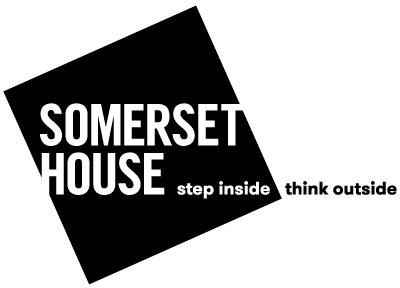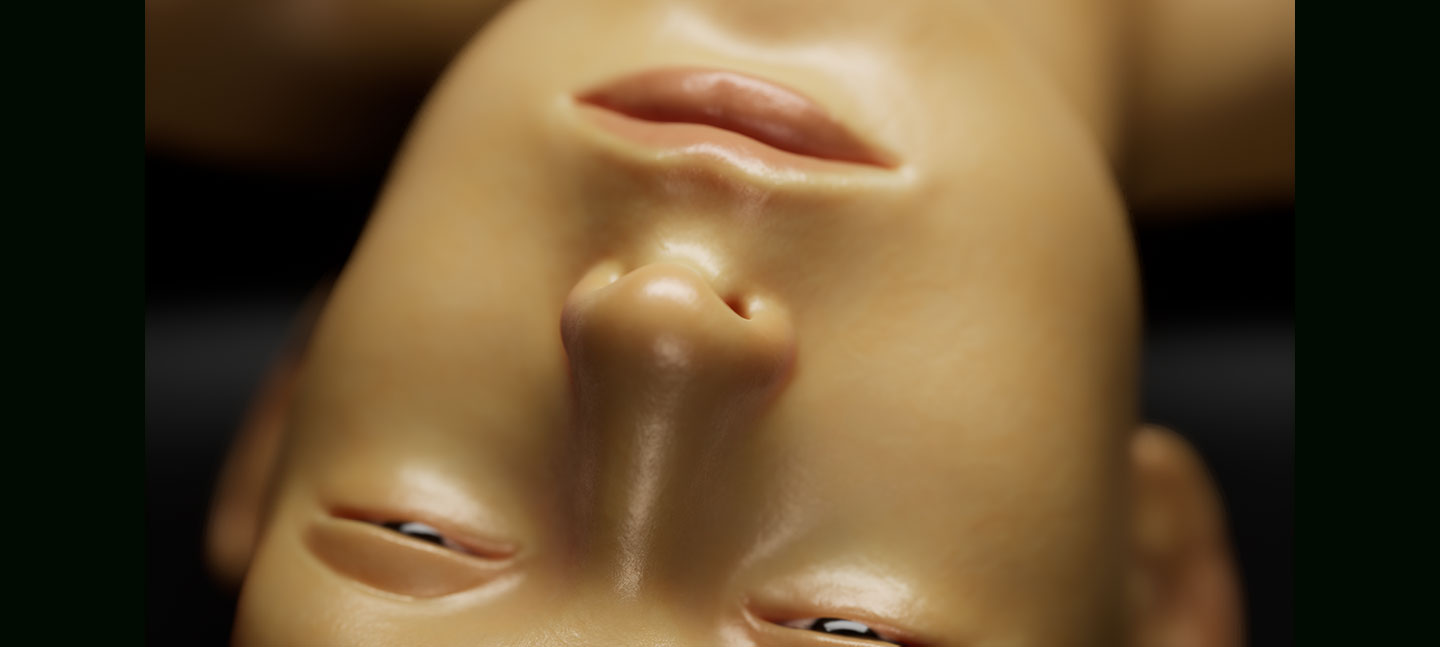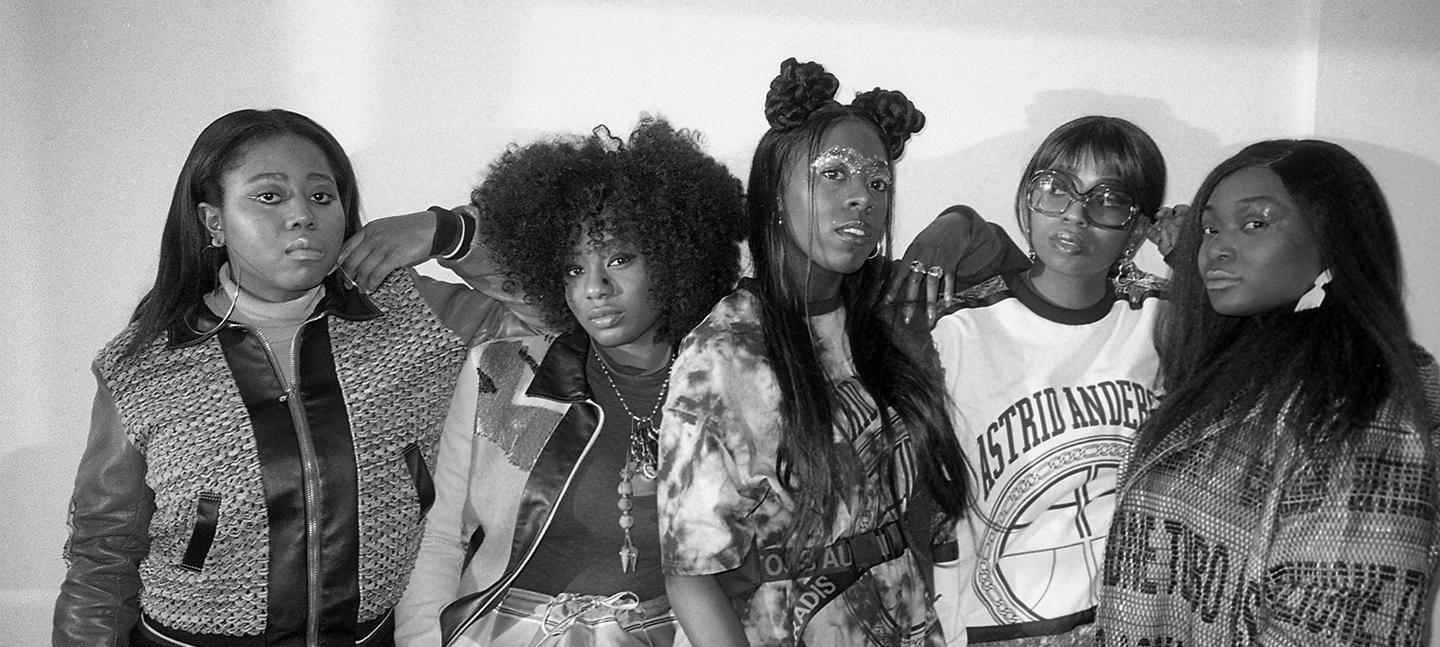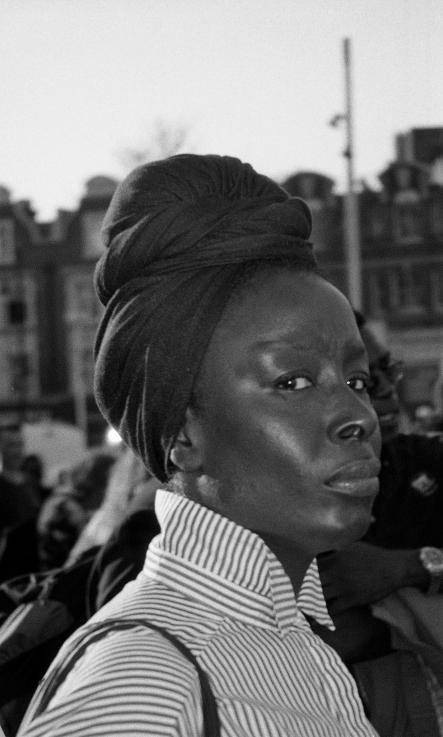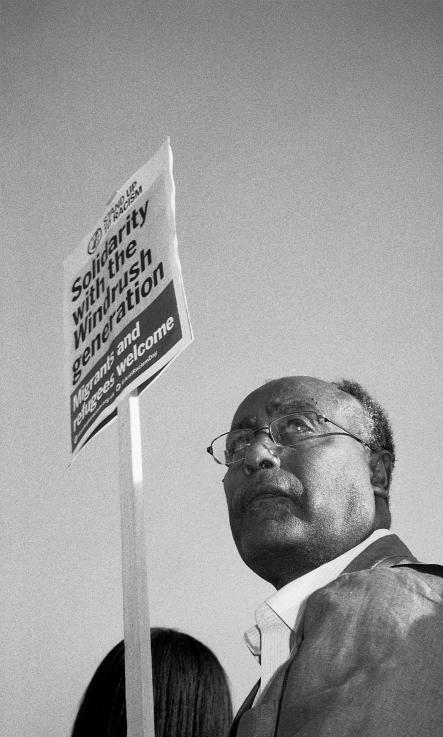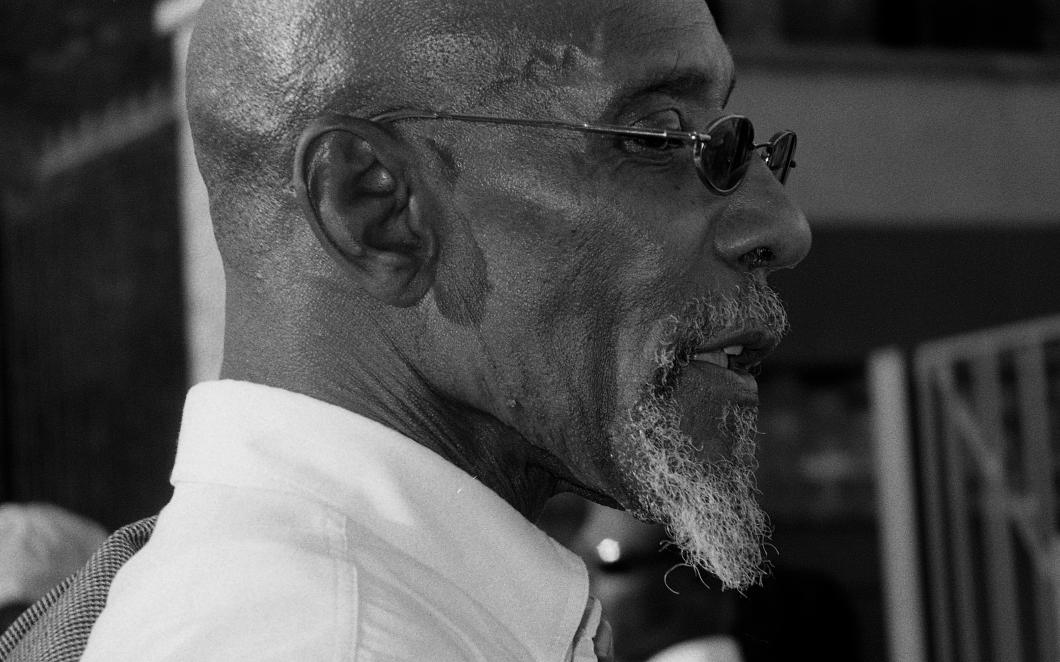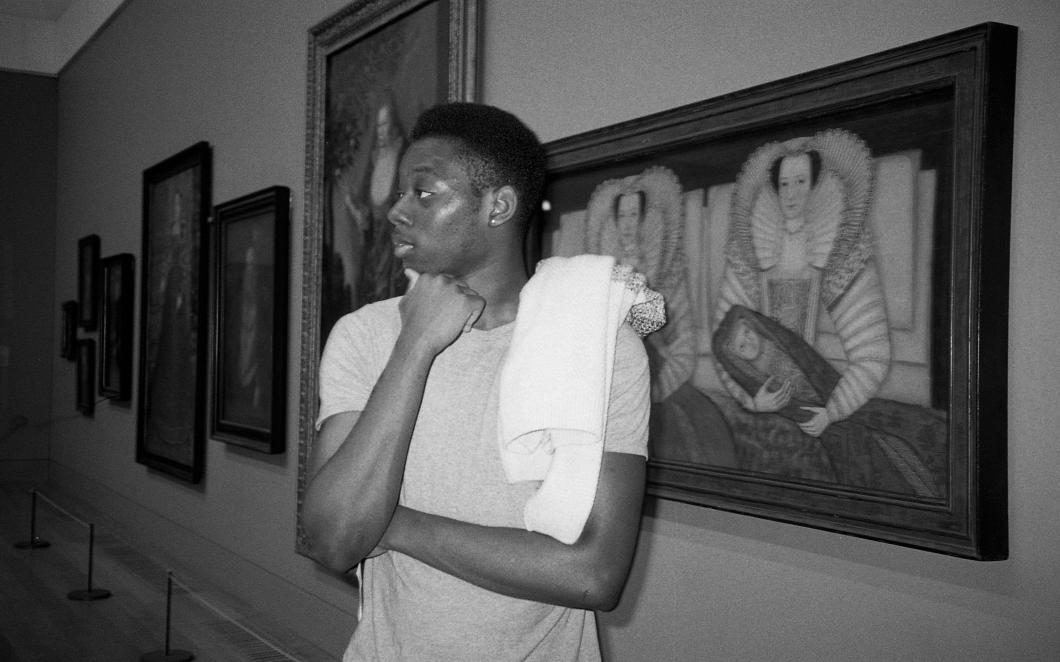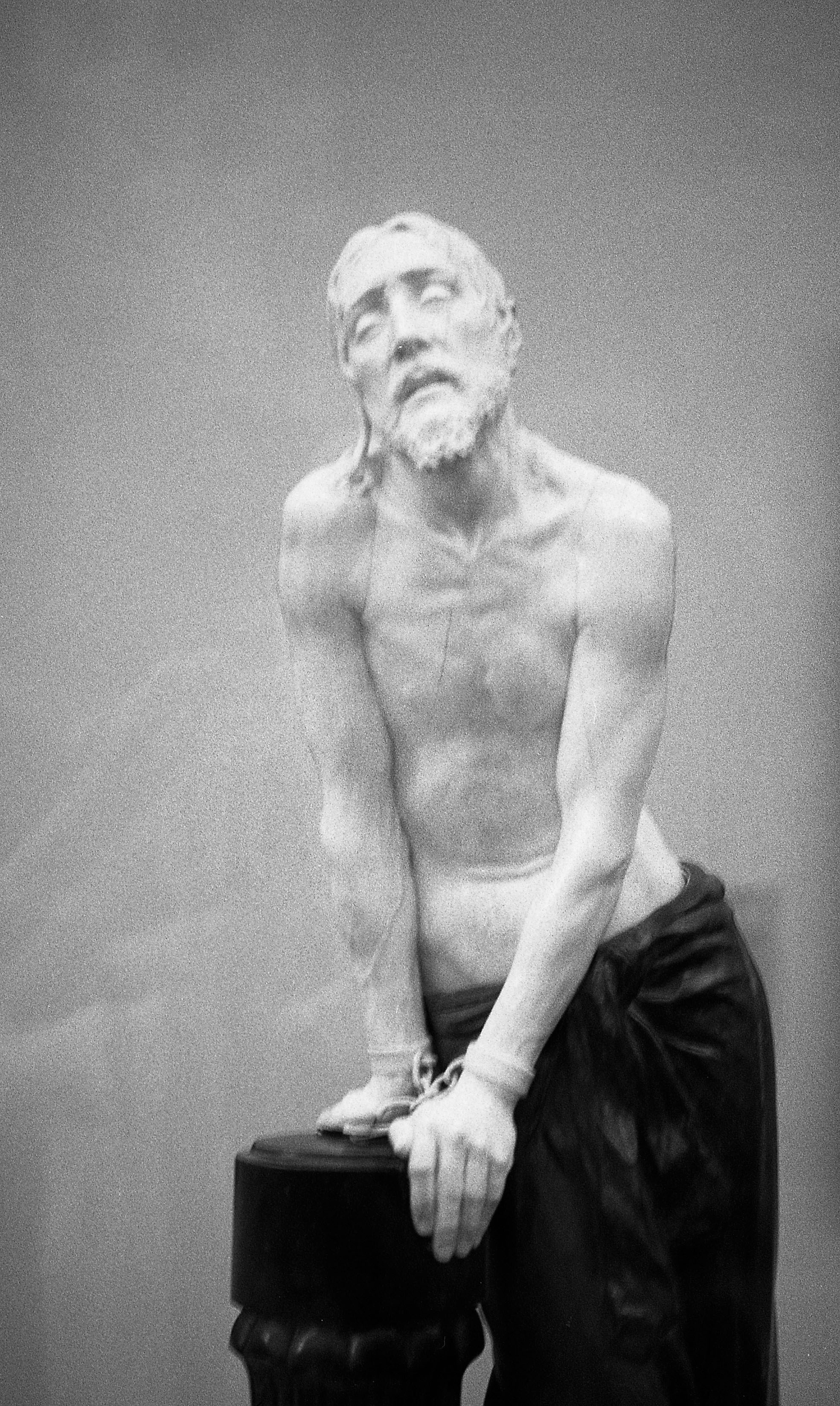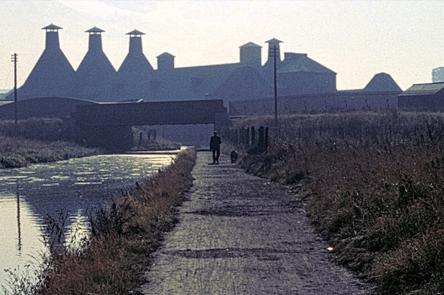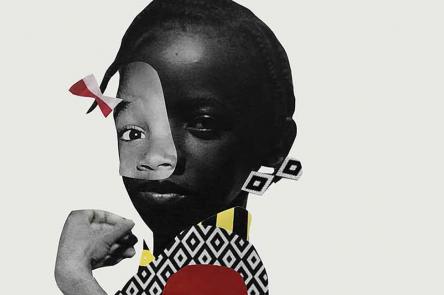
Liz Johnson Artur sits down with writer Kemi Alemoru to unpick the complexities of making art that centres around the diaspora. Her film Real...Times features in the exhibition Kaleidoscope: Immigration and Modern Britain.
Upon reaching Liz Johnson Artur she's filling in some US Visa forms to prepare for a journey to America. It’s fitting she’s struggling to get through papers to embark on another journey and pass through another border and boundary to show her work to a new audience as her art is currently showing at Kaleidoscope, an exhibition chronicling the narratives of Brits who are the product of migration. Moving from culture to culture, is what Artur has become known for, using her lens as a window into the world she stumbles upon. She's captured the captivating elements, and exhibited the ordinary moments, from black communities for the last 30 years.
Her video Real...Times includes South London DJ collective Born n Bread, a young artist named Emmanuel, an arrest on Brixton’s high street, and a Windrush demonstration. “We will not be divided, we matter, we have a right to be here,” shouts the woman leading the protest. While these words stir the crowd, it also sums up how Artur positions her subjects. “There's so much beauty in the communities of the diaspora,” explains the 55-year-old artist. “Yet it isn't preserved in the way I would like and sometimes it feels like in order for it to be done in the right way it needs to be in our hands.”
